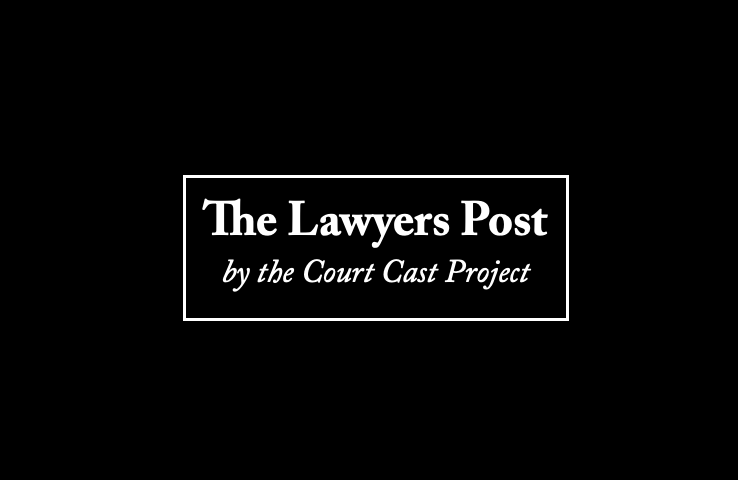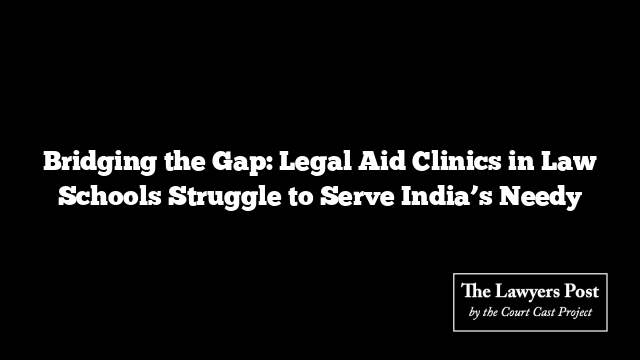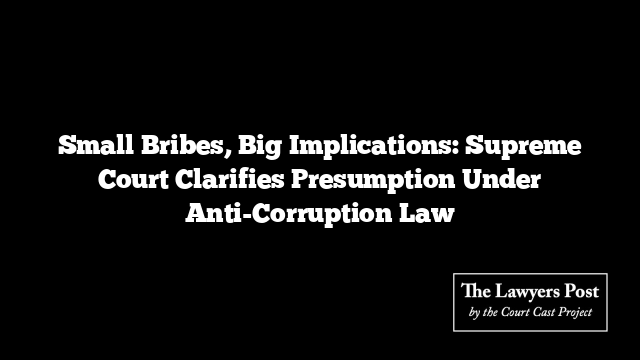A recent study by the Supreme Court’s Centre for Research and Planning (CRP) has revealed significant shortcomings in legal aid clinics across India’s 1,662 law schools. These institutions, mandated to provide free legal assistance under Article 39A of the Constitution and National Legal Services Authority (NALSA) guidelines, are falling short in their mission to bridge the gap between legal education and community service.
A Fragmented Effort: Survey Findings
The CRP surveyed 125 law colleges, with 81 participating, to assess compliance with NALSA regulations. The findings exposed widespread inefficiencies:
- Understaffed and Unsupported: Most clinics lack practicing lawyers in supervisory roles. A quarter of the surveyed clinics had no connection with pro-bono lawyers, alumni, or volunteers.
- Insufficient Training: Students often lack the cultural and social sensitivity needed to handle real-world legal aid cases effectively. Clinics fail to provide training on local customs and practical client interactions.
- Accessibility Issues: Many clinics are physically inaccessible, with digital platforms that overlook the needs of persons with disabilities.
- Resource Deficiency: While clinics frequently conduct awareness programs, they lack resources to address client cases. Geographic barriers and limited budgets further exacerbate their inability to provide meaningful assistance.
Legal Clinics Falling Short of Potential
The report highlighted that only 60% of clinics have ever supported lawyers in legal cases, and the number of cases taken up remains far below potential. Domestic violence, property disputes, and matrimonial cases dominate their caseloads. Some clinics, however, have yet to engage in any legal disputes at all.
Broader Initiatives, Limited Impact
Though some legal aid cells are involved in prison reform and public interest litigation, their efforts are hampered by systemic barriers. Regulations by the Bar Council of India (BCI) restrict academicians from practicing in court, while inadequate remuneration for faculty and the absence of appointed lawyers strain resources further.
Recommendations for a Stronger Framework
The report offers actionable solutions, including:
- Rotating faculty and student staff to sustain operations year-round while ensuring equal opportunities.
- Recording legal actions to maintain continuity for clients despite frequent personnel changes.
- Expanding services to include community-focused counseling and non-adversarial remedies in rural areas.
International practices, such as those in the U.S. and Australia, were cited as models for improving operations, emphasizing the need for a collaborative and holistic approach to legal aid.
Institutional Neglect Amplifies Challenges
Despite clear regulations under the NALSA Scheme, 2013, and NALSA Regulations, 2011, most law school clinics lack adequate funding and administrative support. Self-assessment and performance monitoring remain inconsistent, with infrastructure deficiencies leaving many clinics ill-equipped to fulfill their constitutional duty.
The report underscores an urgent need for better implementation of existing regulations and more robust support systems to transform these legal aid clinics from symbolic initiatives into impactful entities capable of serving India’s marginalized communities.





